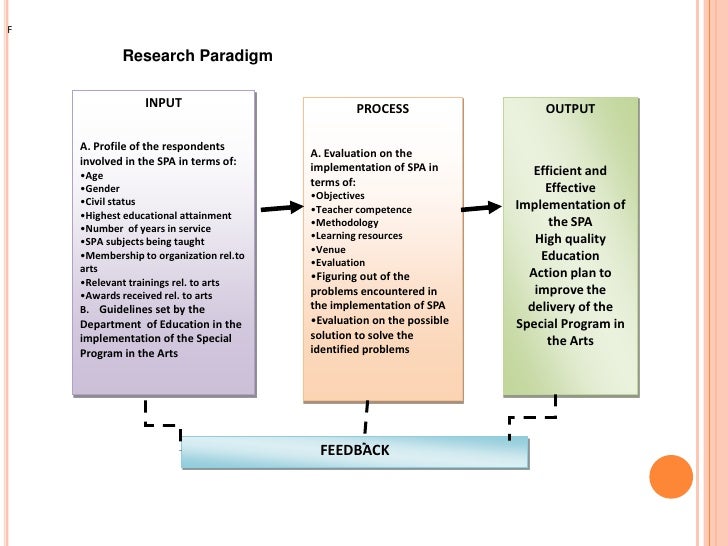
- #MAKE CAMCAMX OUTPUT TO SECONDARY HOW TO#
- #MAKE CAMCAMX OUTPUT TO SECONDARY 64 BIT#
- #MAKE CAMCAMX OUTPUT TO SECONDARY DRIVERS#
- #MAKE CAMCAMX OUTPUT TO SECONDARY FULL#
- #MAKE CAMCAMX OUTPUT TO SECONDARY CODE#
#MAKE CAMCAMX OUTPUT TO SECONDARY DRIVERS#
I don't think I have downloaded any proprietary drivers for the hardware yet. Processor: AMD E1-1200 APU with Radeon HD Graphics x2 In case it matters, the laptop I have is an old Samsung with this hardware: So how do I get VLC to understand that the X-window that I want it to display on corresponds to the HDMI-0 output? Also, if I view the contents of the file ~/.config/monitors.xml, I see a nice entry like: (Anyway, I am no Linux expert, so the idea of creating my own nfig files scares me!) I got the idea to use the identifier HDMI-0 from the output of the xrandr command. yback-onlyīut that guy was using nfig, and I understand Linux Mint doesn't use nfig. I got the idea for changing the X window values from this post. If I reset the X window value to empty, or put a setting of :0.0, then it plays normally on the laptop monitor again. Then under Output modules > X window I tried the following values:įor these values (and various similar attempts), I could hear the audio while the video was playing, but no video was displayed on either screen. I tried the option: X11 Video Output(XCB).

In VLC: Tools > Preferences > Show Settings > All > Video > Output Modules. Here's some background on what I have tried so far: I have spent some time searching the web and trying various VLC options, but I cannot get this to work. Does anyone have any idea if there is an equivalent set of options for running VLC on Linux Mint? I know it is possible to make this work on MS Windows, because there is a VLC video module for DirectX, and under that I can choose which display to output the video to.
#MAKE CAMCAMX OUTPUT TO SECONDARY FULL#
So in a presentation scenario, the audience must wait for me to drag the VLC player window around and reset to full screen each time I play a video, or stop a video part way. As long as I don't hit the stop button, the video will keep showing on the projector.īut here's the problem: I cannot make VLC remember to play videos on the projector/HDMI output by default. I can play videos on the projector screen if I start VLC and then manually drag the VLC player screen over to the projector. The projector is set to extend the desktop, not mirror. The laptop is set as the primary monitor. (This must be the friendliest screen config tool I've used on any linux distro to date!) So far, the laptop and the projector play nicely together thanks to the "Display" tool that comes with Linux Mint under the Preferences > Display menu. The laptop's primary use is to playback video files on the projector using the VLC 2.1.6 installation that came with Linux Mint 17.2. I use the laptop to connect to a projector via HDMI.
#MAKE CAMCAMX OUTPUT TO SECONDARY 64 BIT#
This should get you going in the right direction.I am running Linux Mint 17.2 Cinnamon 64 Bit on an old laptop (circa 2012).
#MAKE CAMCAMX OUTPUT TO SECONDARY CODE#
There is a lot of code you will need to grind out, so any useful examples will be beyond the scope of this discussion. Tip #2: You won't need to call UnmapViewOfFile or CloseHandle on the memory pointers until the rendering or capture filters are disposed. You will also need a mutex to control access to the buffer by the "rendering" thread in your application and the "capture" thread in the capture device.

Tip #1: Since this is a multi-threaded operation, you will need an event handle to signal the capture filter that a frame is ready. If another application (like a video conferencing program) accesses the capture device, all that will come from the device will be a blank buffer until you main application stars feeding real video frames into it.

Your main application will create and maintain this shared memory buffer when it is operating. This VS project needs to be a registerable DLL that can be called to register it as a DirectShow capture device for windows. On the other end, you need to create a separate Visual Studio DLL project that will implement a DirectShow capture filter (CSource and CSourceStream) that will read the video bitmaps your main application writes into this buffer. In your application that mixes the video from the two cameras, you need to create a DirectShow rendering filter (CBaseRenderer) that writes the mixed video frame into this shared memory.
#MAKE CAMCAMX OUTPUT TO SECONDARY HOW TO#
Here's how to create one using Named Shared Memory under Windows: A shared memory server is a region of ram that more than one process can access. What you need to do is to create what's known as a shared memory server. This is not a trivial exercise but it can be done.


 0 kommentar(er)
0 kommentar(er)
